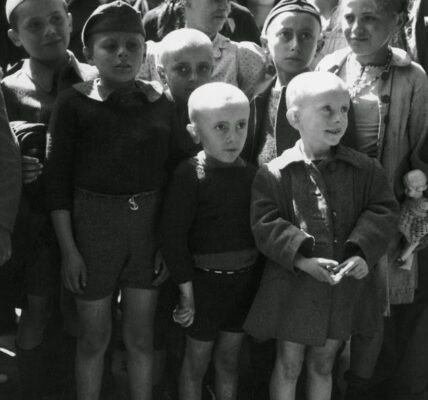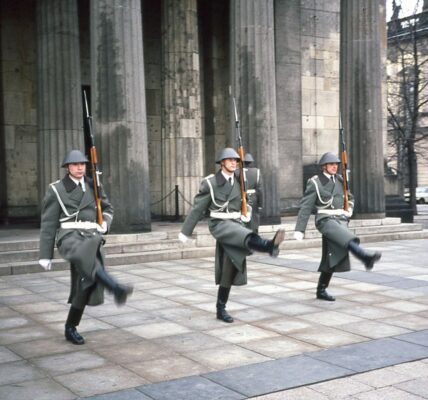35 Faszinierende Farbfotos, die das Alltagsleben in Berlin Unmittelbar vor den Bombenangriffen im Jahr 1940 Einfangen – Ein Blick in die Vergangenheit einer Stadt am Rande des Krieges.H
Before 1941, Berlin, at 950 kilometers (590 miles) from London, was at the extreme range attainable by the British bombers then available to the Allied forces. It could be bombed only at night in summer when the days were longer and skies clear—which increased the risk to Allied bombers.
The first RAF raid on Berlin took place on the night of August 25, 1940; 95 aircraft were dispatched to bomb Tempelhof Airport near the center of Berlin and Siemensstadt, of which 81 dropped their bombs in and around Berlin, and while the damage was slight, the psychological effect on Hitler was greater.
The bombing raids on Berlin prompted Hitler to order the shift of the Luftwaffe’s target from British airfields and air defenses to British cities, at a time during the Battle of Britain when the British air defenses were becoming exhausted and overstretched.
In the following two weeks there were a further five raids of a similar size, all nominally precision raids at specific targets, but with the difficulties of navigating at night the bombs that were dropped were widely dispersed.
During 1940 there were more raids on Berlin, all of which did little damage. The raids grew more frequent in 1941, but were ineffective in hitting important targets. The head of the Air Staff of the RAF, Sir Charles Portal, justified these raids by saying that to “get four million people out of bed and into the shelters” was worth the losses involved.








































